That kind of chart is called "Gantt", here's a possible way to draw it in base R :
# input example
DF <-
read.csv(text=
'"file","start","end"
"file1",10,20
"file1",60,120
"file1",178,220
"file2",10,20
"file2",25,100
"file2",130,140
"file2",190,210
"file3",0,50
"file3",55,400',stringsAsFactors=F)
minval <- min(DF$start) # or different if you know the limits
maxval <- max(DF$end) # or different if you know the limits
files <- rev(unique(DF$file))
nfiles <- length(files)
# empty plot to make space for everything
filehigh <- 1.0
plot(c(minval,maxval),c(filehigh/2,nfiles+filehigh/2),type='n', xlab='Time',ylab=NA,yaxt='n' )
# add y labels
axis(side=2,at=1:nfiles,labels=files,las=1)
# plot the rectangles
negcolor <- 'red'
poscolor <- 'green'
for(i in 1:nfiles){
file <- files[i]
subDF <- DF[DF$file == file,]
lastend <- minval
for(r in 1:nrow(subDF)){
yTop <- i+(filehigh/2)
yBottom <- i-(filehigh/2)
start <- subDF[r,'start']
end <- subDF[r,'end']
if(start > lastend){
rect(lastend,yBottom,start,yTop,col=negcolor )
}
rect(start,yBottom,end,yTop,col=poscolor)
lastend <- end
}
if(lastend < maxval){
rect(lastend,yBottom,maxval,yTop,col=negcolor )
}
}
Result :

